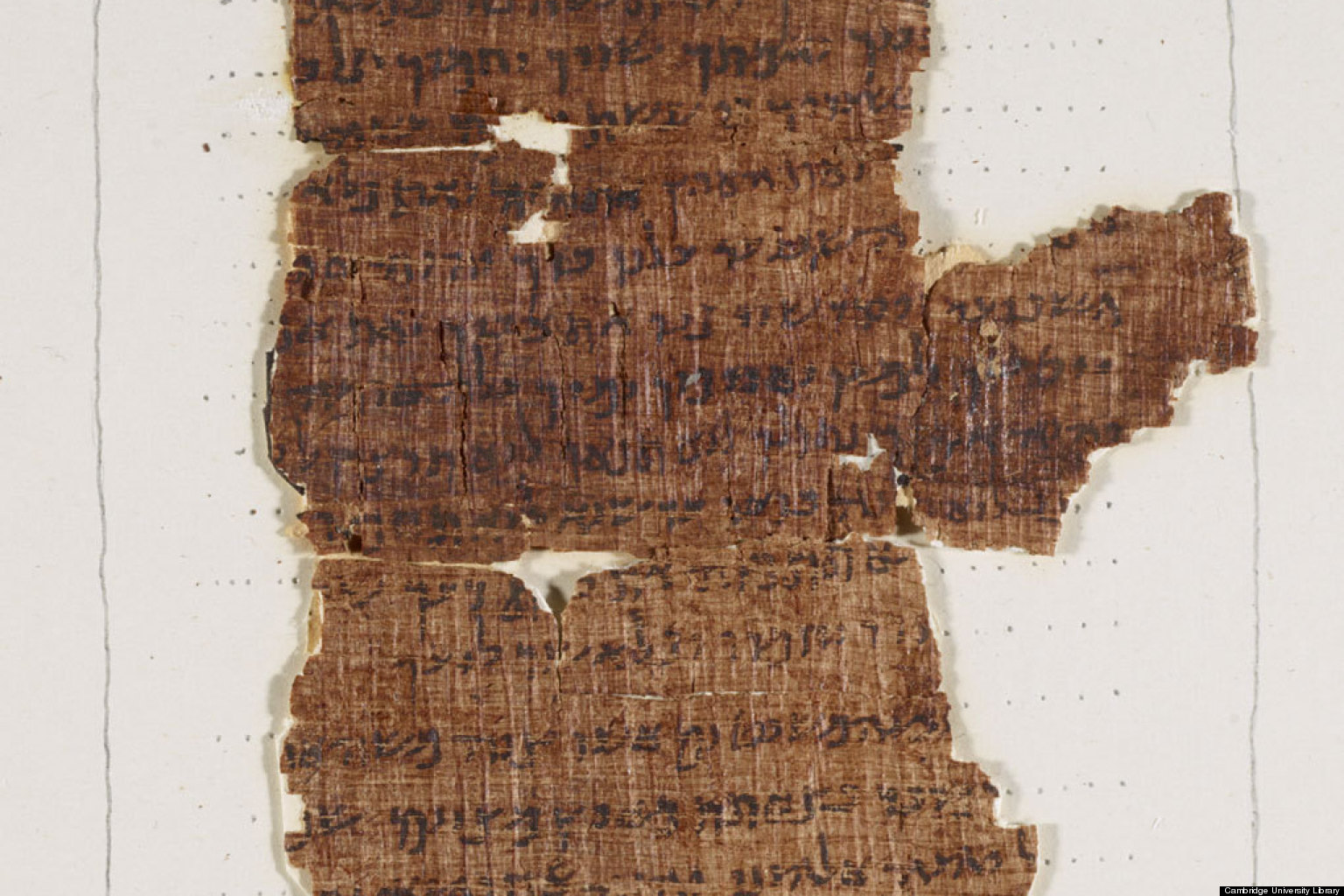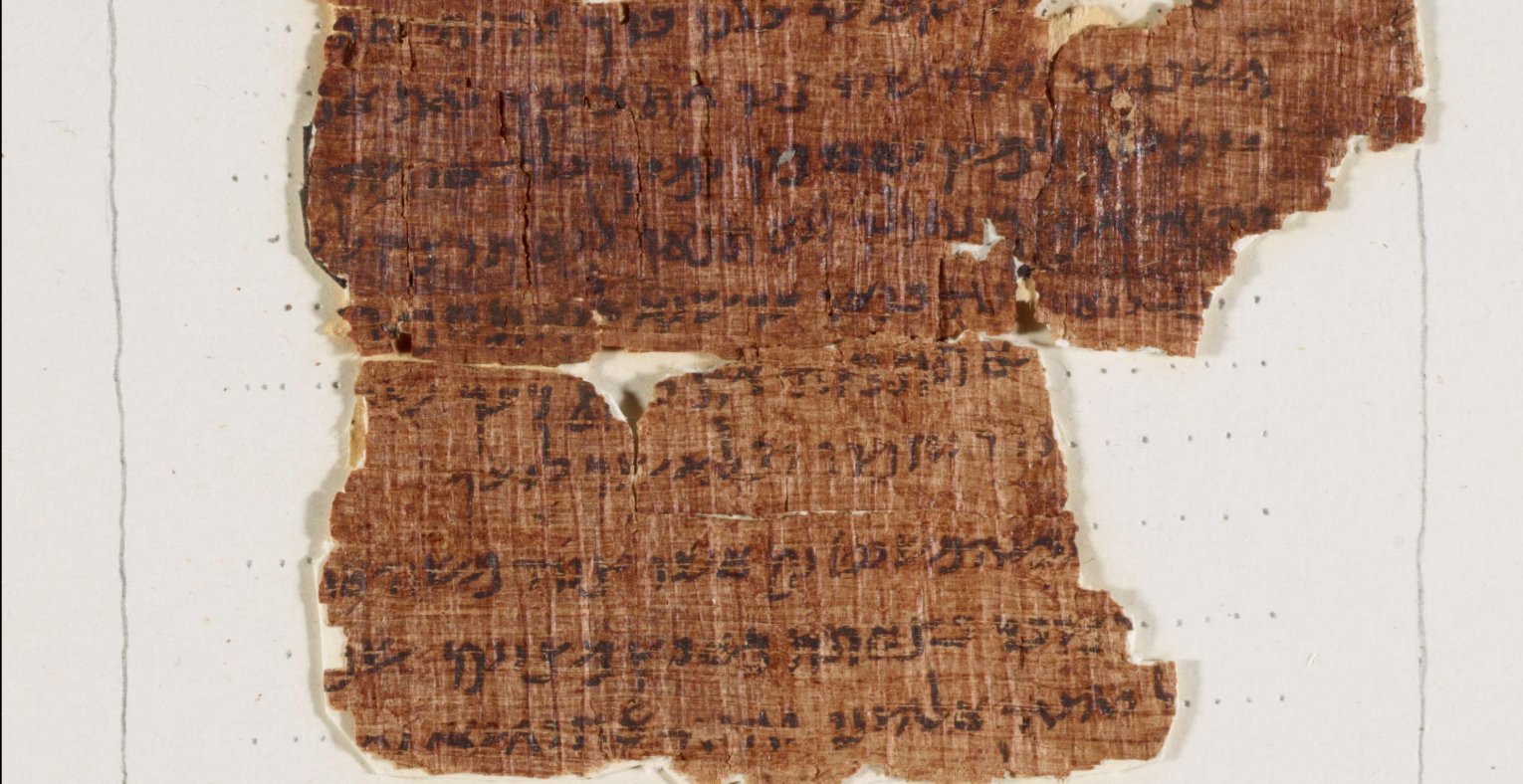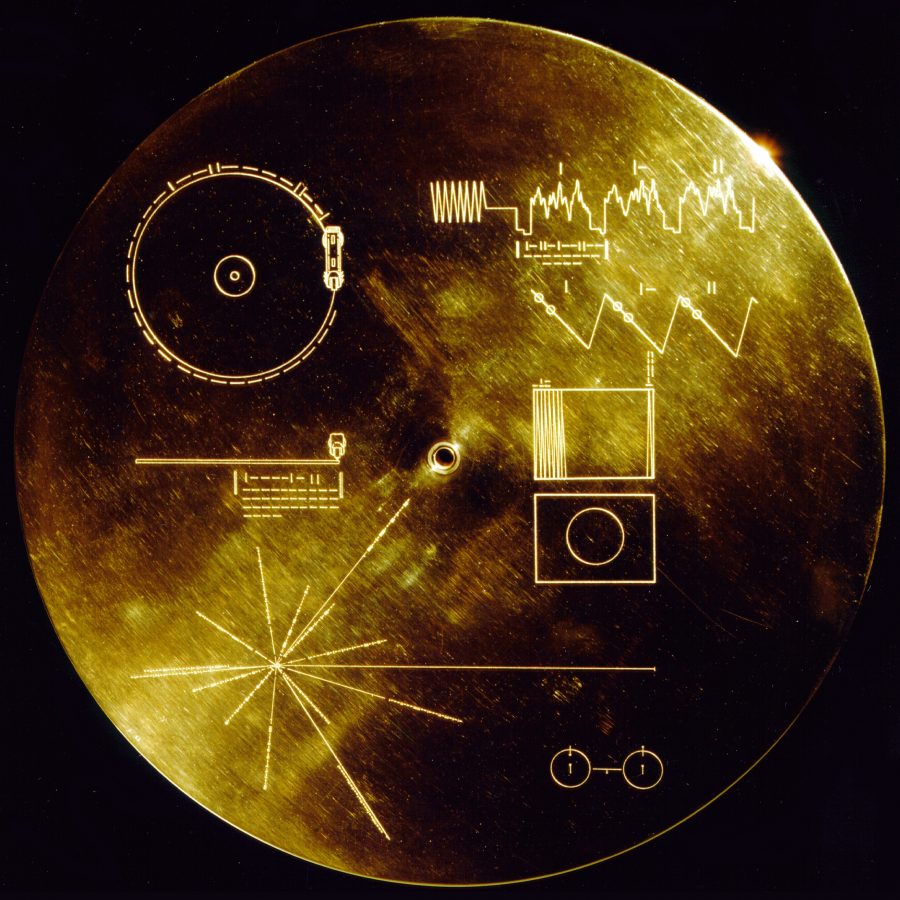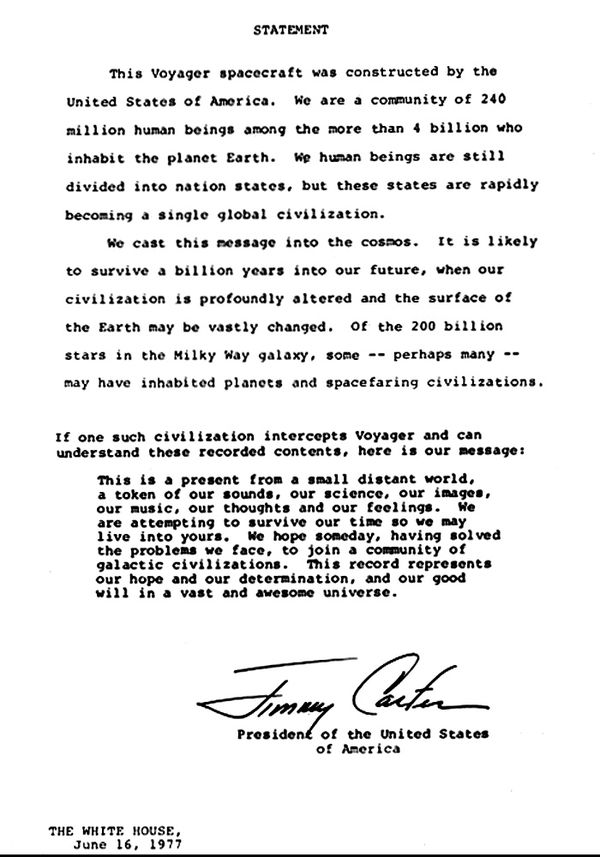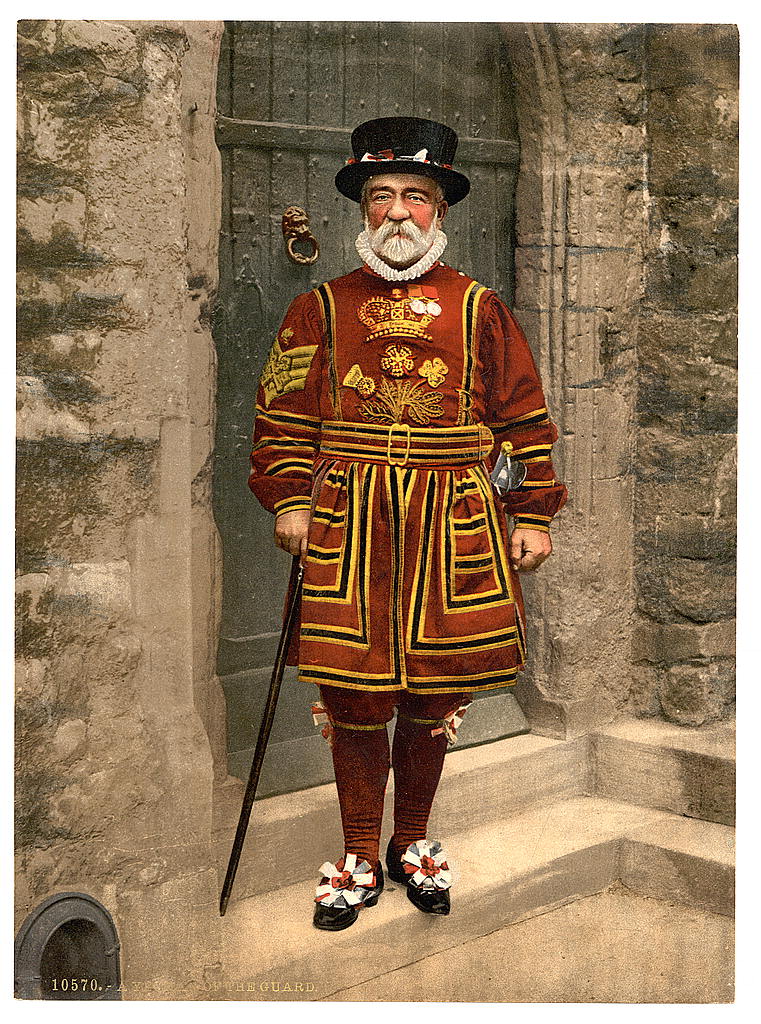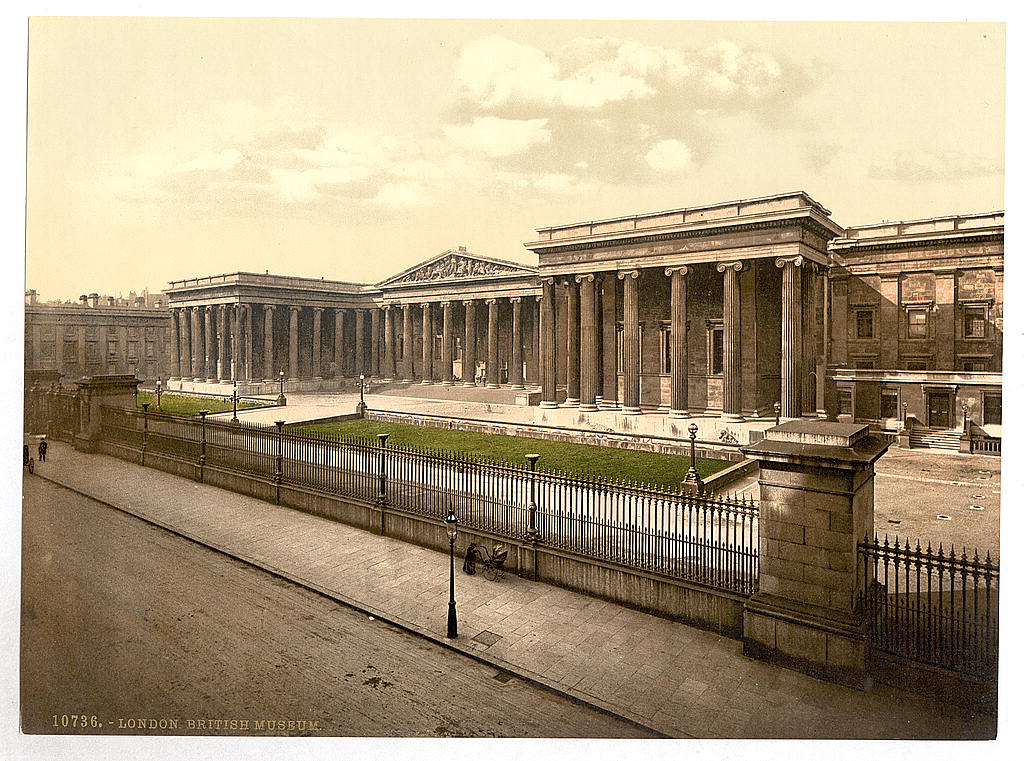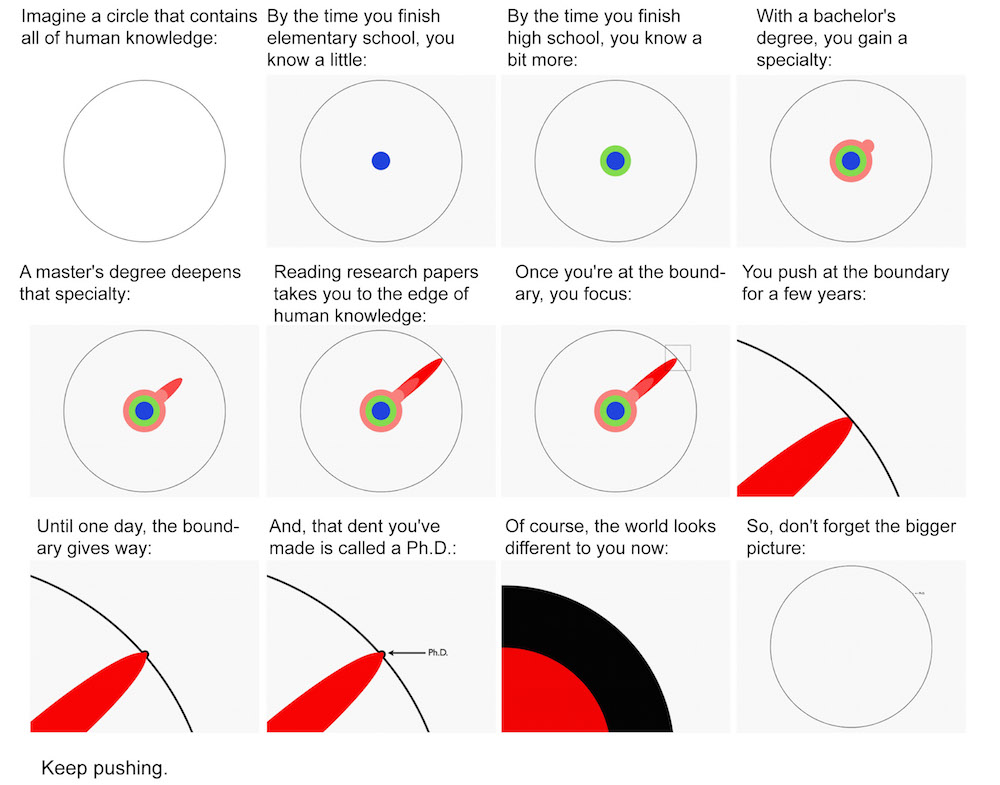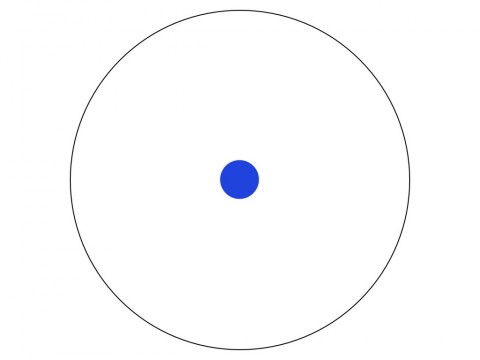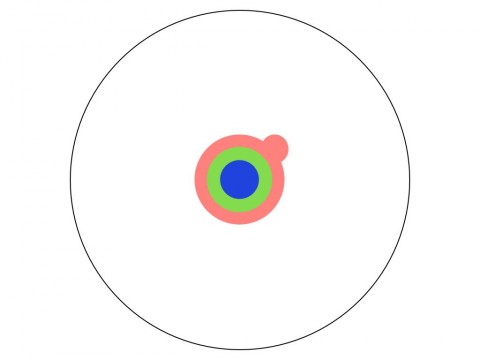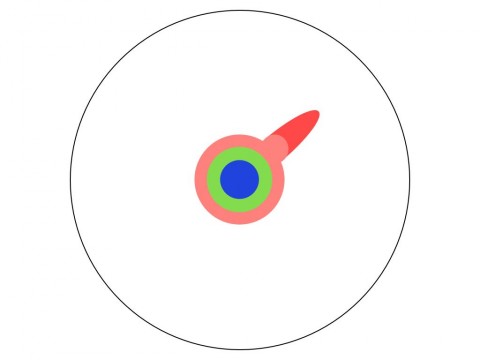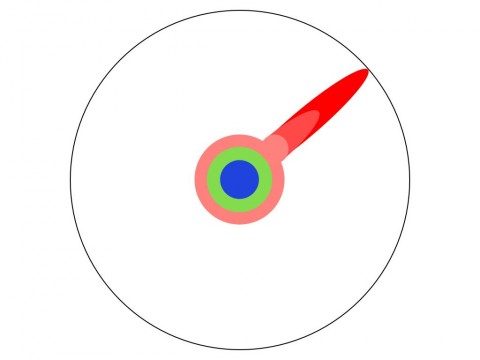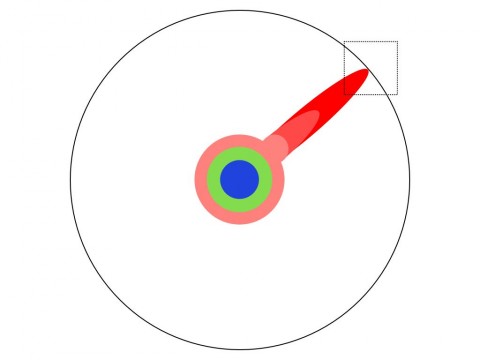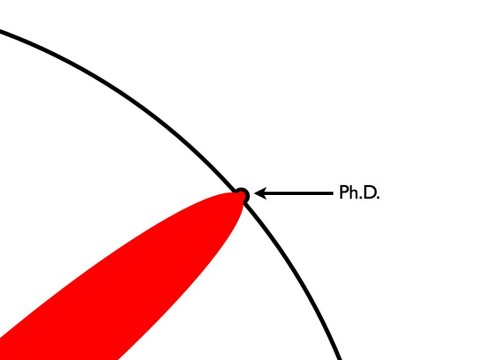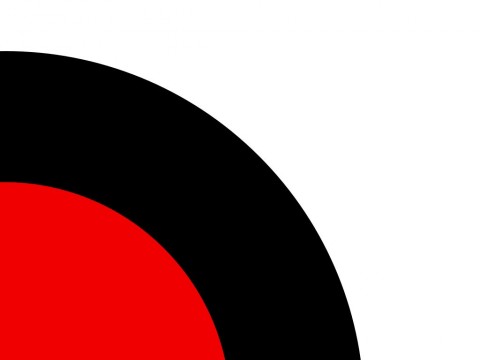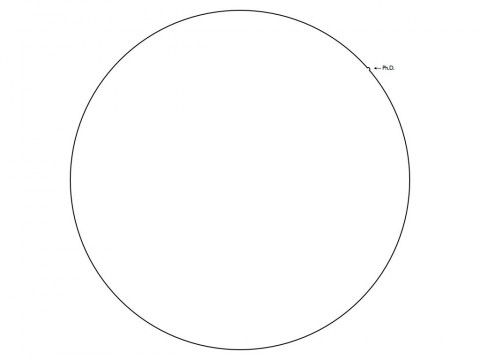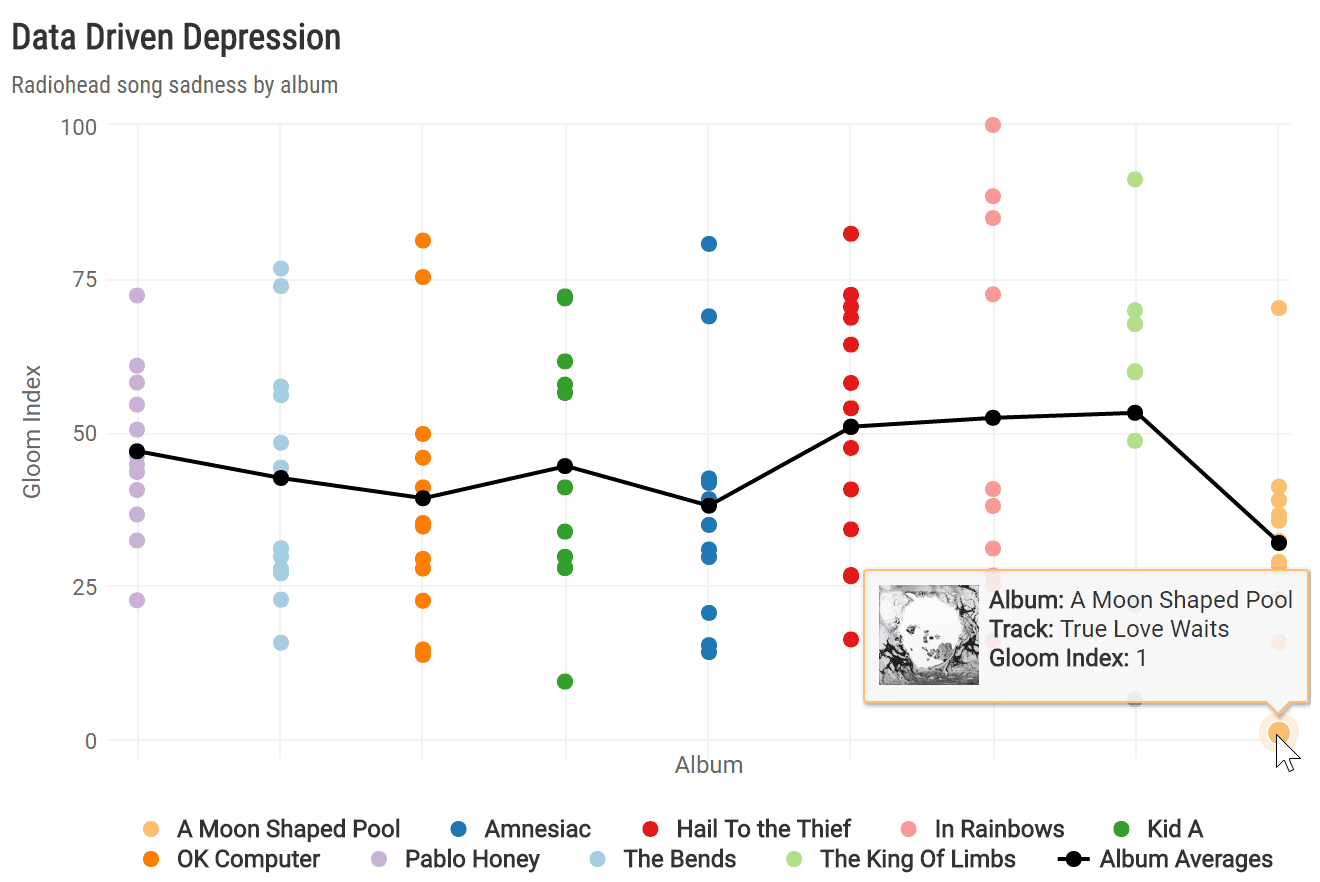All of us who excitedly write about Blade Runner 2049, the upcoming sequel to Blade Runner, have at some point described the film as “long-awaited.” Since the original came out in 1982, that makes a certain literal sense, but the wait hasn’t stretched to 35 years without cause. As Blade Runner rose higher and higher in stature, following it up properly grew into a more and more daunting challenge. But now, as Blade Runner 2049 approaches its October release, the prospect that this most respected of all science-fiction movies will have its continuation feels more real than ever — and it will feel even more real than that after you watch the short making-of featurette above.
Philip K. Dick, the prolific author of Blade Runner’s source material, a novel called Do Androids Dream of Electric Sheep?, recognized immediately how important the film would become. But its director Ridley Scott admits that he “could never have imagined how iconic it would still be” today.
Though he didn’t return to direct Blade Runner 2049, ceding the chair to Sicario and Arrival director Denis Villeneuve and taking on the role of producer instead, he does make quite a few appearances in this featurette as a kind of presiding spirit. “Blade Runner revolutionized the way we view science fiction,” says Villeneuve. “I’ve never felt that much pressure on my shoulders — thinking that Ridley Scott will see this movie.”
But more than anything the cast and filmmakers have to say, Blade Runner fans will savor the video’s glimpses of the new picture’s aesthetic, clearly both modeled after and deliberately made different from that of the original. As the title makes obvious, the story takes place thirty years after Blade Runner’s 2019, and just as things have changed in our world, so they’ve changed in its world — not least in the form of a Korean influence that has its found its way in with the Japanese and Chinese ones that so characterized Blade Runner’s future Los Angeles. “Defining this was like walking on a knife’s edge,” says production designer Dennis Gassner, “riding the line between the original film and what we’re doing now.”
If you’d like to compare the build-up to Blade Runner 2049 with the build-up to Blade Runner, have a look at its own thirteen-minute promotional featurette above. Made well before the time of the modern internet, let alone modern internet videos, this 16-millimeter film production, which featured Scott, “visual futurist” Syd Mead, and special effects artist Douglas Trumbull, circulated by making the screening rounds sci-fi, fantasy, and even horror conventions all across America. Few movies, let alone sequels, have built up as much anticipation as Blade Runner 2049 has, and even fewer have such a legacy to live up to. At least the filmmakers can rest assured that, if the critics don’t happen to like it, well, they didn’t like the first one either.
Related Content:
The Official Trailer for Ridley Scott’s Long-Awaited Blade Runner Sequel Is Finally Out
The Blade Runner Promotional Film
Blade Runner is a Waste of Time: Siskel & Ebert in 1982
How Ridley Scott’s Blade Runner Illuminates the Central Problem of Modernity
Based in Seoul, Colin Marshall writes and broadcasts on cities and culture. He’s at work on the book The Stateless City: a Walk through 21st-Century Los Angeles, the video series The City in Cinema, the crowdfunded journalism project Where Is the City of the Future?, and the Los Angeles Review of Books’ Korea Blog. Follow him on Twitter at @colinmarshall or on Facebook.
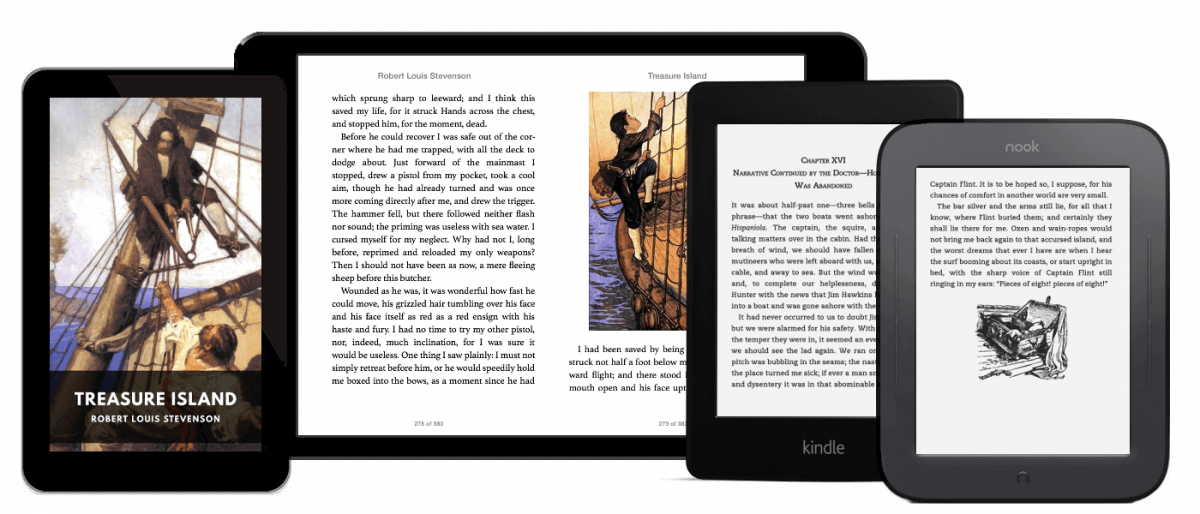 If you look through our collection of
If you look through our collection of 